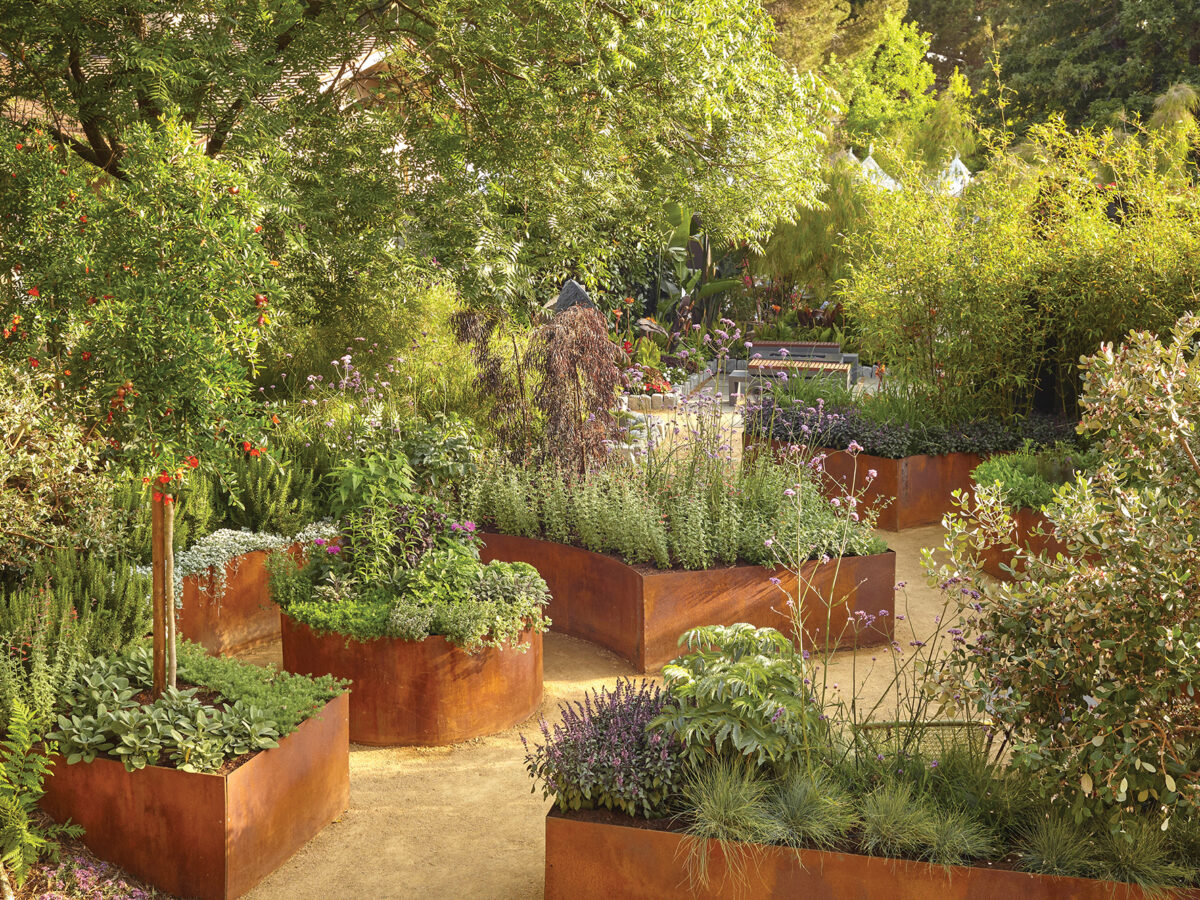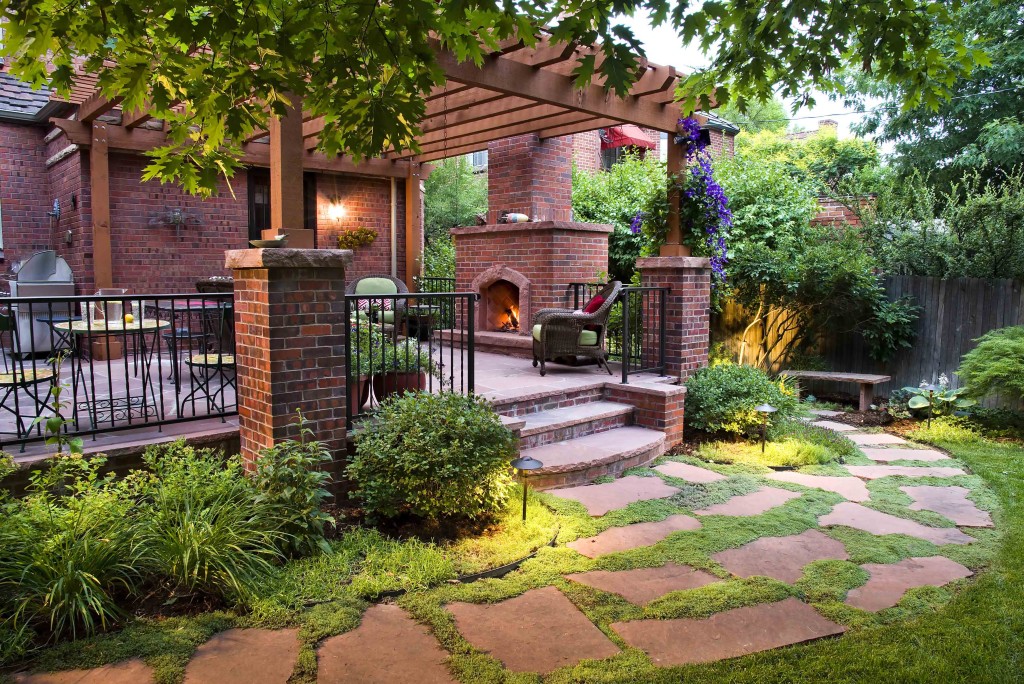The Hilton Head Landscapes Ideas
The Hilton Head Landscapes Ideas
Blog Article
The 20-Second Trick For Hilton Head Landscapes
Table of ContentsThe Definitive Guide to Hilton Head LandscapesThe Ultimate Guide To Hilton Head Landscapes3 Easy Facts About Hilton Head Landscapes ShownHilton Head Landscapes Fundamentals ExplainedThe Basic Principles Of Hilton Head Landscapes What Does Hilton Head Landscapes Do?The Hilton Head Landscapes IdeasGetting The Hilton Head Landscapes To Work
Type compatibility is also a major part of unity in designone or 2 noticeably different forms benefit comparison and focus, yet generally all other kinds must have some similarities for a combined look. Texture describes exactly how rugged or fine the surface area of the plant or hardscape product feels and/or looks.
Examples of plants with coarse appearance include philodendrons, agaves, bromeliads, hollies, hands, and hydrangeas. Hardscape with rugged texture consists of rough-cut stone, rough-finished brick, and incomplete wood with knots and an elevated grain. Matured or old building material that keeps a weather-beaten surface is typically rugged in texture. Features that create great texture consist of small vegetation; slim, strappy leaves (yards) or tall, slim stems; tiny, thick twigs and tiny branches; long stems (vines); and tiny, delicate blossoms.
The Ultimate Guide To Hilton Head Landscapes
Most plants are average structure, because they can not be referred to as having either crude or great texture. They are characterized by medium-sized leaves with basic forms and smooth sides. The average-sized branches are not largely spaced nor widely spaced, and the total kind is normally rounded or mounding. Medium-textured plants work as a background to web link and link the coarse- and fine-textured plants.

To make an area feel smaller, place the coarse textures along the outer perimeter and the fine textures closest to the visitor. The information of the coarse appearance makes the plants appear closer and makes the space really feel smaller sized. The regarded appearance of plants can likewise alter with the distance from the plant.
The Ultimate Guide To Hilton Head Landscapes
Strong colors raise the contrast and make the texture show up coarser, while soft shades can squash texture. Hardscape with a crude texturesuch as extremely rough rocks and vibrant, large timberstends to make all plant material show up a lot more medium distinctive. Designers frequently create a structure study (Number 8) theoretically to assist decide the setup of plant materials.
Number 8. Texture research study. Color in plant product and hardscape includes rate of interest and selection to the landscape. Color is one of the most conspicuous component in the landscape and is typically the emphasis of many homeowners; nonetheless, it is additionally the most temporary aspect, usually lasting only a couple of weeks a year for individual plants.
The Ultimate Guide To Hilton Head Landscapes
An easy description of the color wheel consists of the three main colors of red, blue, and yellow; the three additional colors (a mix of two primaries) of green, orange, and violet; and six tertiary shades (a mix website link of one surrounding key and second shade), such as red-orange. Shade theory discusses the connection of colors to each other and just how they need to be made use of in a make-up.

Comparable (often called unified) shade systems are any 3 to 5 shades that are surrounding on the shade wheel, such as red, red-orange, orange, yellow-orange, and yellow, or blue, blue-violet, and violet (Landscaping bluffton sc). The shades relate per various other due to the fact that they commonly consist of 2 primaries mixed to form a secondary and two tertiary colors, which means they share common residential or commercial properties
Complementary shades are usually discovered naturally in flowers; an usual set is yellow and violet. Color is found in the blossoms, vegetation, bark, and fruit of plants.
Not known Facts About Hilton Head Landscapes
Green vegetation in all its various tones is the dominant shade by quantity, however various other colors catch interest extra easily because of their high comparison to the shade eco-friendly. Shade is also discovered in buildings, rocks, pavers, wood, and furniture. A lot of shades in natural products, such as rock and wood, are typically soft and often tend to be variations of brown, tan, and light yellow.
Shades have properties that can impact emotions, spatial understanding, light quality, balance, and focus. Trendy shades have a tendency to be calming and should be used in locations for leisure and peacefulness.
A Biased View of Hilton Head Landscapes
The "temperature" of shades can also influence the understanding of range. Amazing colors have a tendency to recede and are regarded as being farther away, making a room feel bigger. Cozy colors often tend to development and are perceived as being better, making a room feel smaller sized. Color can additionally be utilized to record interest and straight views.
Bright yellow, which has the highest possible intensity, also has a high comparison with all various other shades (typically explained as a "pop" of color) and should be utilized moderately. A little quantity of extreme color has as much visual weight as a big quantity of an extra subdued or weaker color.
Comparable (often called unified) color pattern are any kind of 3 to five colors that are nearby on the shade wheel, such as red, red-orange, orange, yellow-orange, and yellow, or blue, blue-violet, and violet. The shades belong per other because they usually consist of 2 key shades blended to create a second and 2 tertiary shades, which suggests they share usual residential properties.
Hilton Head Landscapes Fundamentals Explained
They often tend to have high comparison in between them. The most common collections are violet and yellow, red and environment-friendly, and blue and orange. Corresponding shades are usually found normally in flowers; a common set is yellow and violet. Shade is discovered in the flowers, foliage, bark, and fruit of plants.
Environment-friendly foliage in all its various tones is the dominant shade by quantity, yet various other colors capture focus quicker as a result of their high comparison to the shade eco-friendly - landscapers hilton head island - https://h1tnhdlndscps.creator-spring.com. Shade is likewise found in structures, rocks, pavers, wood, and furnishings. Most colors in all-natural materials, such as rock and wood, are commonly soft and tend to be variants of brownish, tan, and pale yellow
The Ultimate Guide To Hilton Head Landscapes
Shades have homes that can impact emotions, spatial understanding, light high quality, balance, and emphasis. Awesome colors tend to be calming and need to be made use of in locations for leisure and peacefulness.
Amazing colors tend to recede and are perceived as being further away, making a room really feel larger. Color can additionally be utilized to capture focus and direct views - https://www.indiegogo.com/individuals/37931614.
As an example, intense yellow, which has the greatest strength, likewise has a high contrast with all various other colors (frequently referred to as a "pop" of shade) and ought to be conserved. A tiny amount of extreme color has as much visual weight as a big amount of a much more suppressed or weaker shade.
Report this page